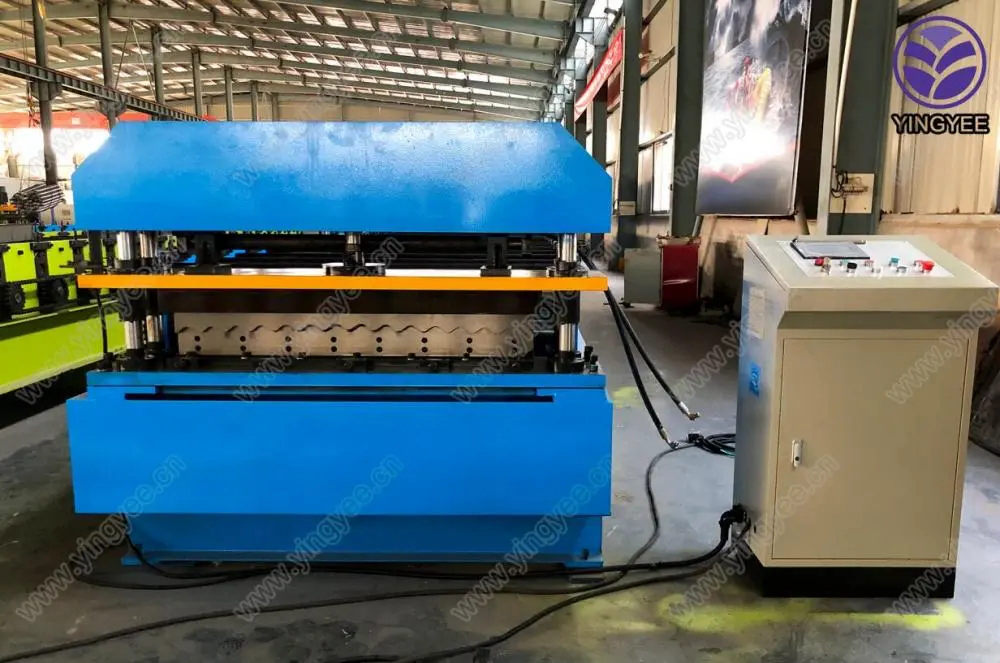
The Role of Light Keel Roll Forming Machines in Modern Construction
In the rapidly evolving construction industry, efficiency and precision are of utmost importance. One of the critical processes that contribute to these values is the manufacturing of light keels, which are essential components in various structural applications. Among the most effective tools for producing these keels is the light keel roll forming machine. As factories increasingly adopt this technology, the impact on construction practices and overall project timelines becomes evident.
A light keel roll forming machine is specifically designed to create profiles that are lightweight yet robust, making them ideal for a wide range of applications, including ceiling and partition systems. The functionality of these machines is rooted in their ability to transform coiled sheet metal into accurately shaped keels through a continuous process known as roll forming. This method not only ensures uniformity but also significantly reduces material waste compared to traditional fabrication methods.
One of the undeniable advantages of using a light keel roll forming machine is its ability to enhance production efficiency. With automation and precision engineering at the core of these machines, manufacturers can produce thousands of keels per hour, meeting high demand without compromising quality. For instance, while a manual approach may involve labor-intensive processes requiring multiple steps and skilled artisans, a roll forming machine performs these tasks in a seamless flow. This capability translates to shorter lead times, enabling construction projects to stay on schedule and within budget.
Moreover, the versatility of light keel roll forming machines allows them to cater to diverse project requirements. Many machines come equipped with adjustable tooling, enabling the production of various keel dimensions and profiles tailored to specific architectural needs. This adaptability means that builders can customize their designs while benefiting from the efficiency of mass production. Whether it is for residential, commercial, or industrial projects, these machines offer solutions that can be rapidly modified to meet the dynamic specifications of clients.

In addition to speed and versatility, light keel roll forming machines also contribute to enhanced structural integrity. The continuous forming process results in strong connections between metal components, minimizing weak points that are often found in pieces fabricated through traditional means. This leads to stronger and more durable structures, essential for safety and longevity in construction.
Furthermore, operating these machines typically requires fewer skilled workers than traditional methods. With a focus on automation, factories can train personnel to manage the machinery rather than rely solely on specialized craftsmen. This shift not only reduces labor costs but also helps mitigate the skills gap often observed in the construction industry.
As sustainability becomes an ever-growing concern, the use of light keel roll forming machines also aligns with eco-friendly practices. The roll forming process is known for producing minimal waste, meaning that more of the raw materials can be utilized in the final product. Additionally, the lightweight nature of keels made from this process contributes to energy efficiency in transportation and installation, further reducing the environmental impact.
In conclusion, light keel roll forming machines represent a significant advancement in the construction industry, providing innovative solutions for modern building practices. The benefits of increased efficiency, versatility, structural integrity, and sustainability position these machines as essential tools for manufacturers and builders alike. As the demand for rapid and reliable construction continues to grow, the importance of light keel roll forming machines will undoubtedly remain at the forefront of architectural innovation. Embracing this technology not only enhances operational capacity but also paves the way for a more sustainable future in construction.